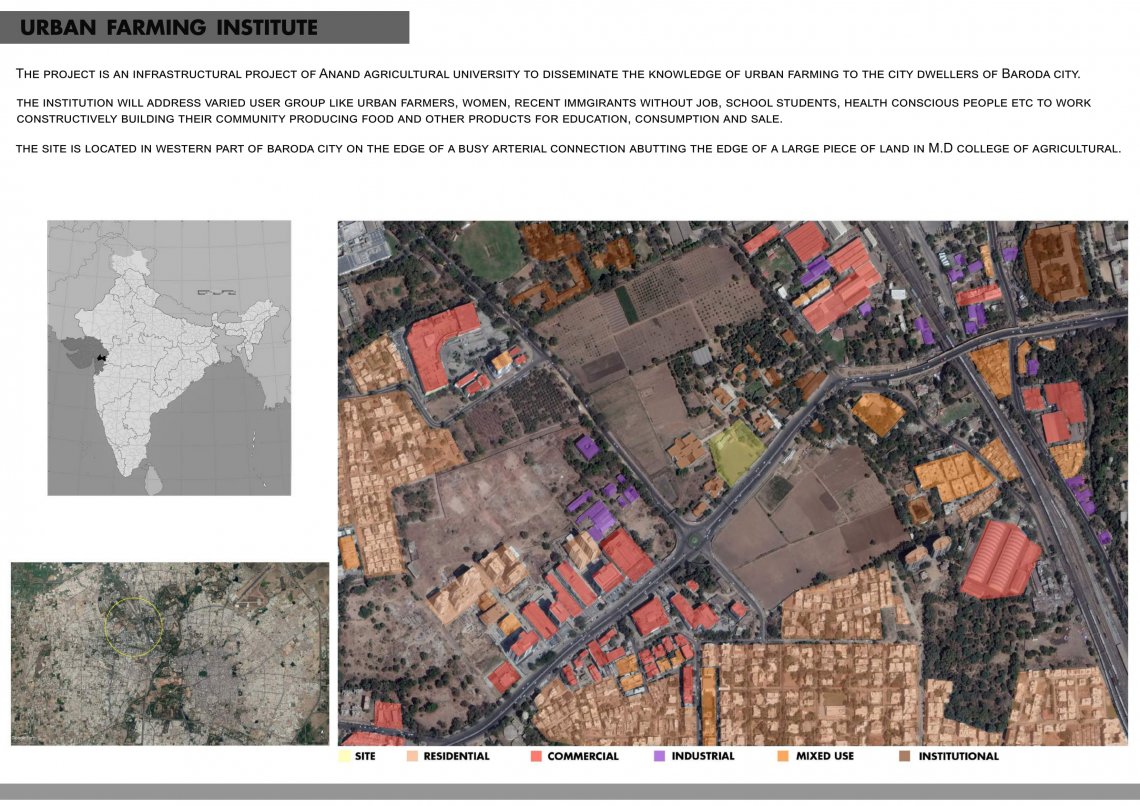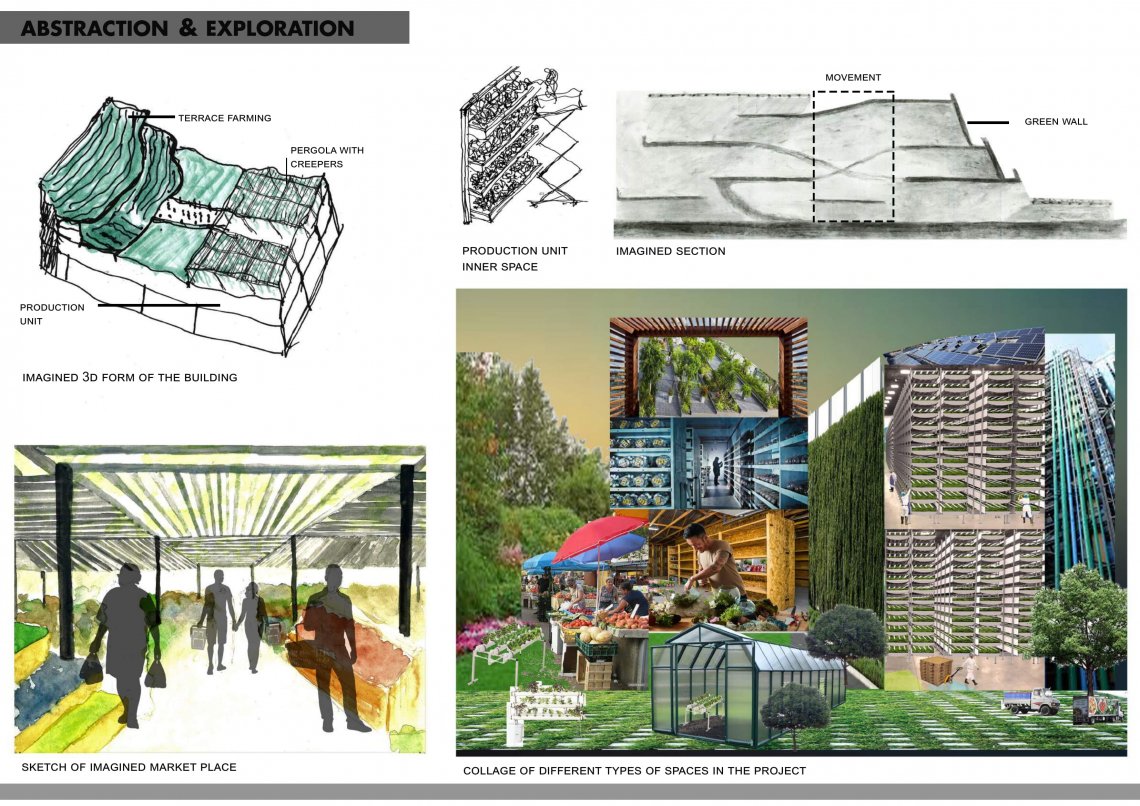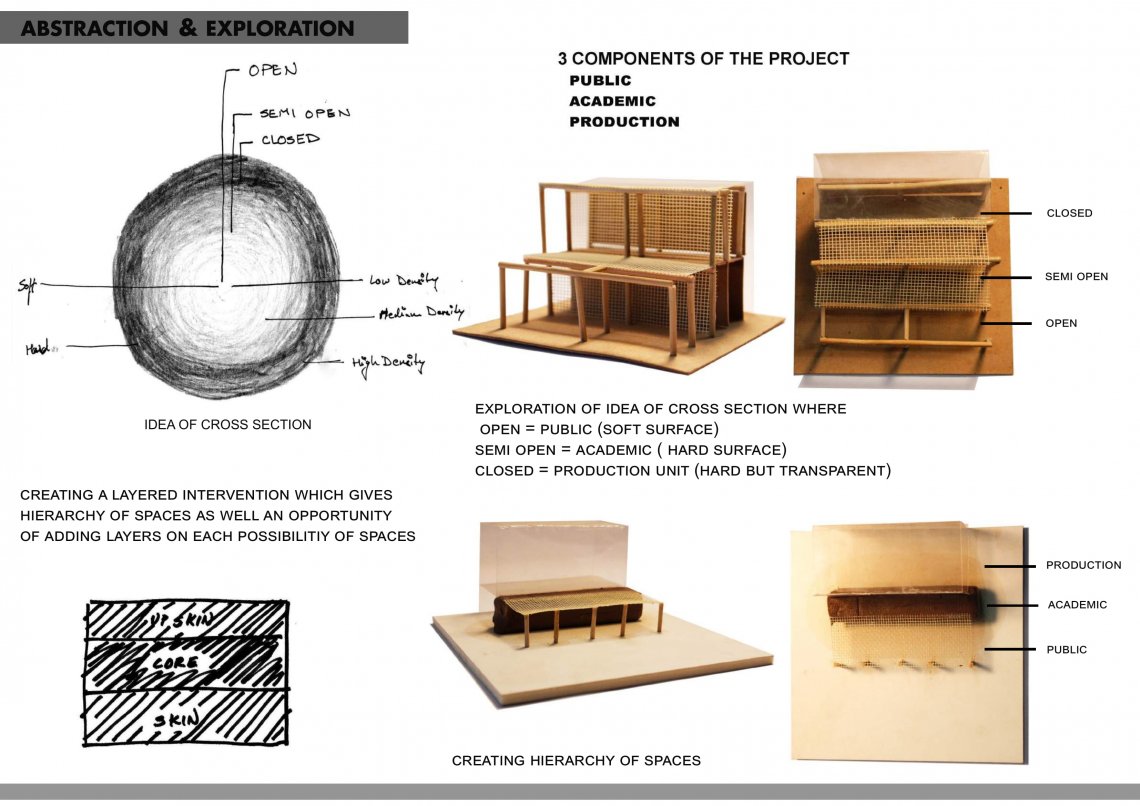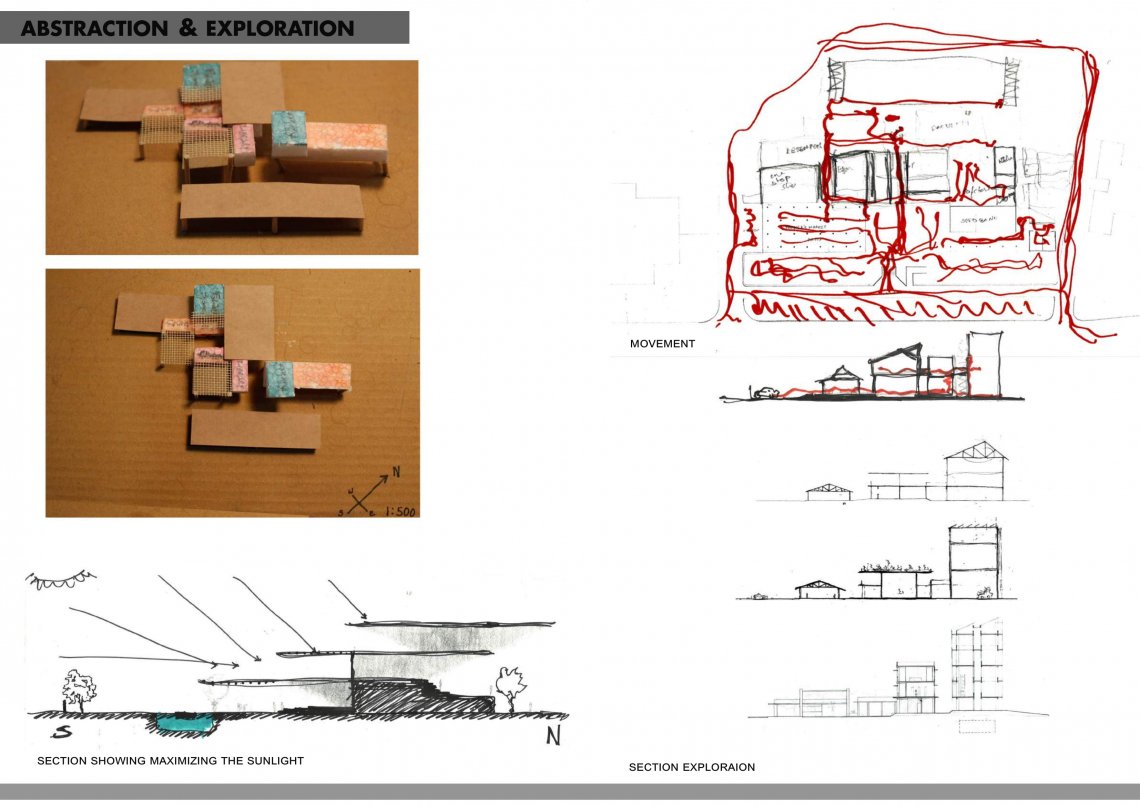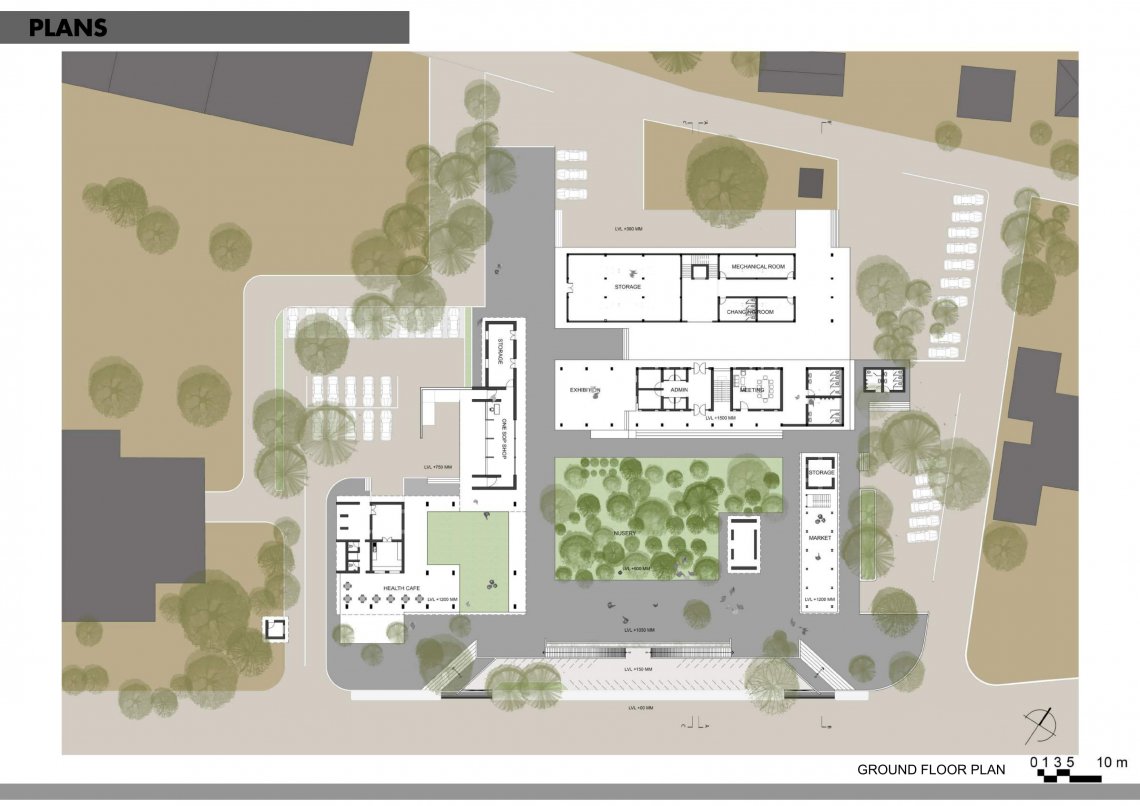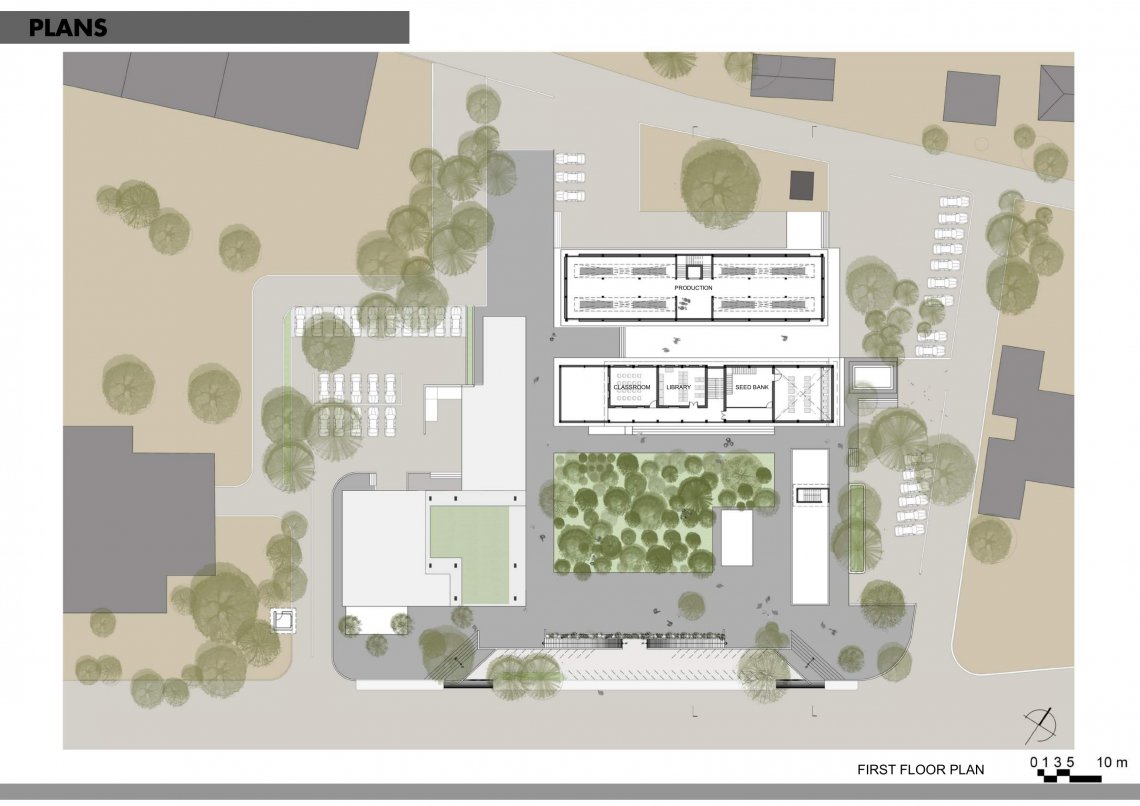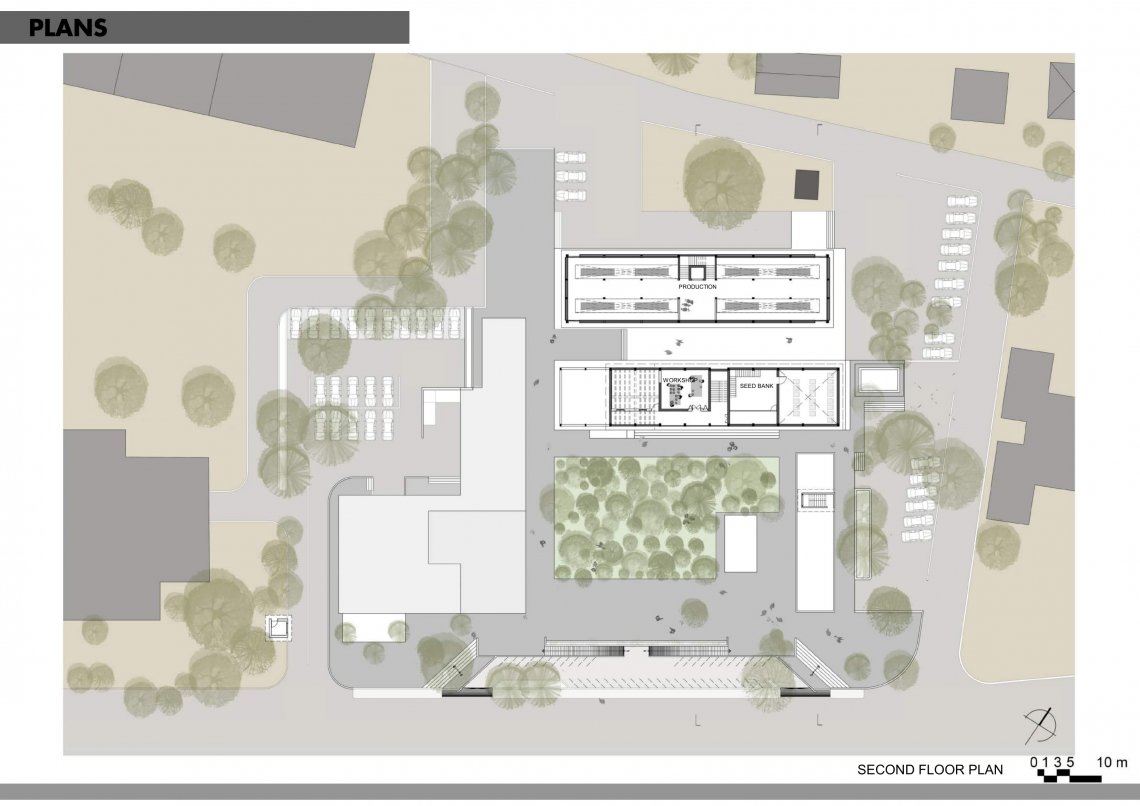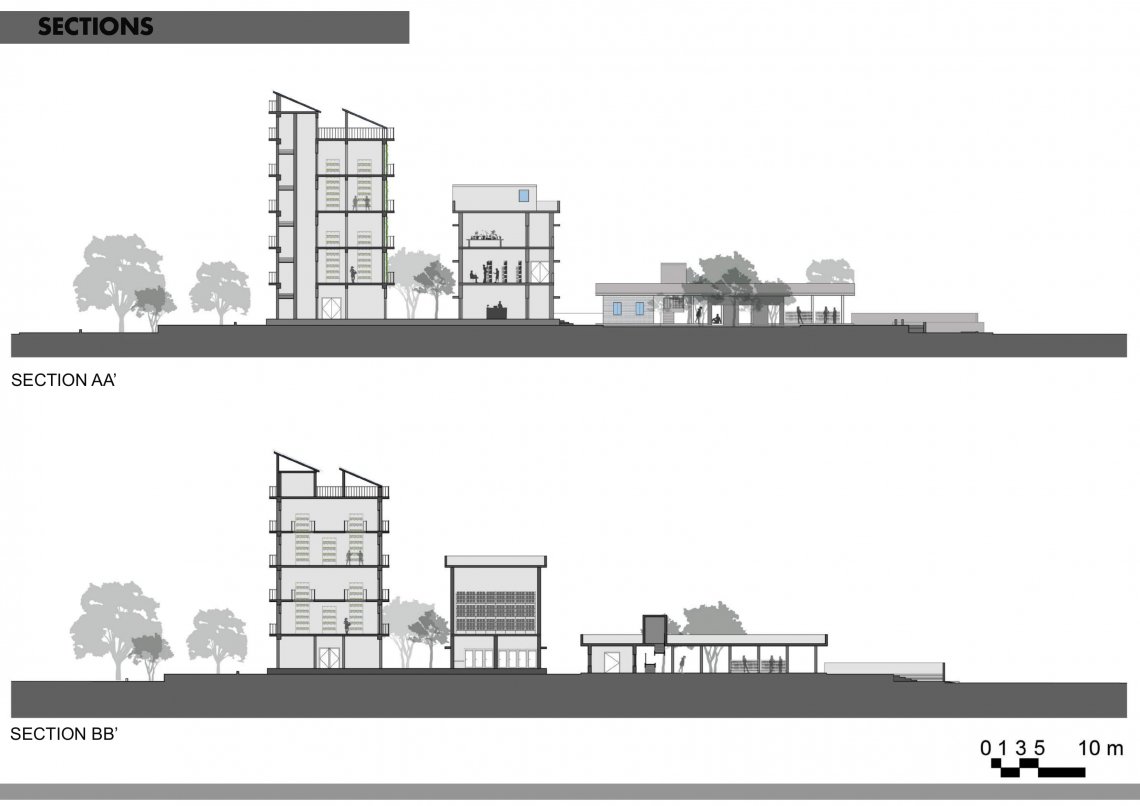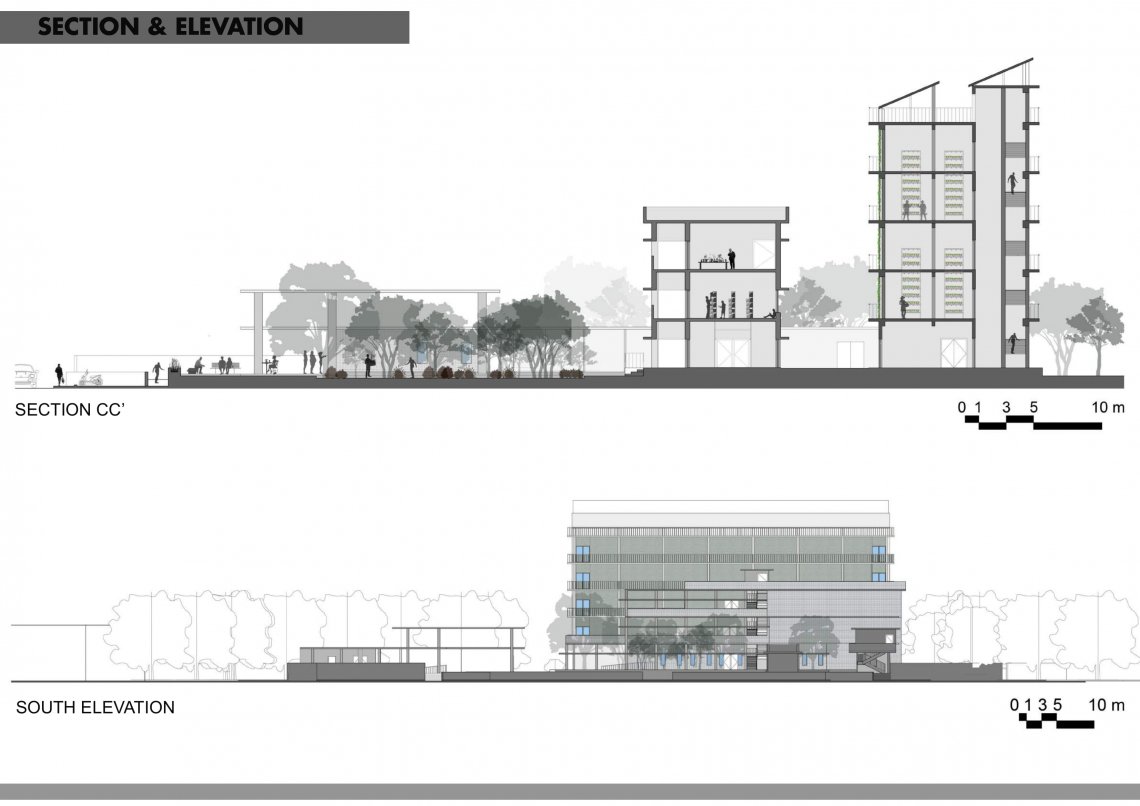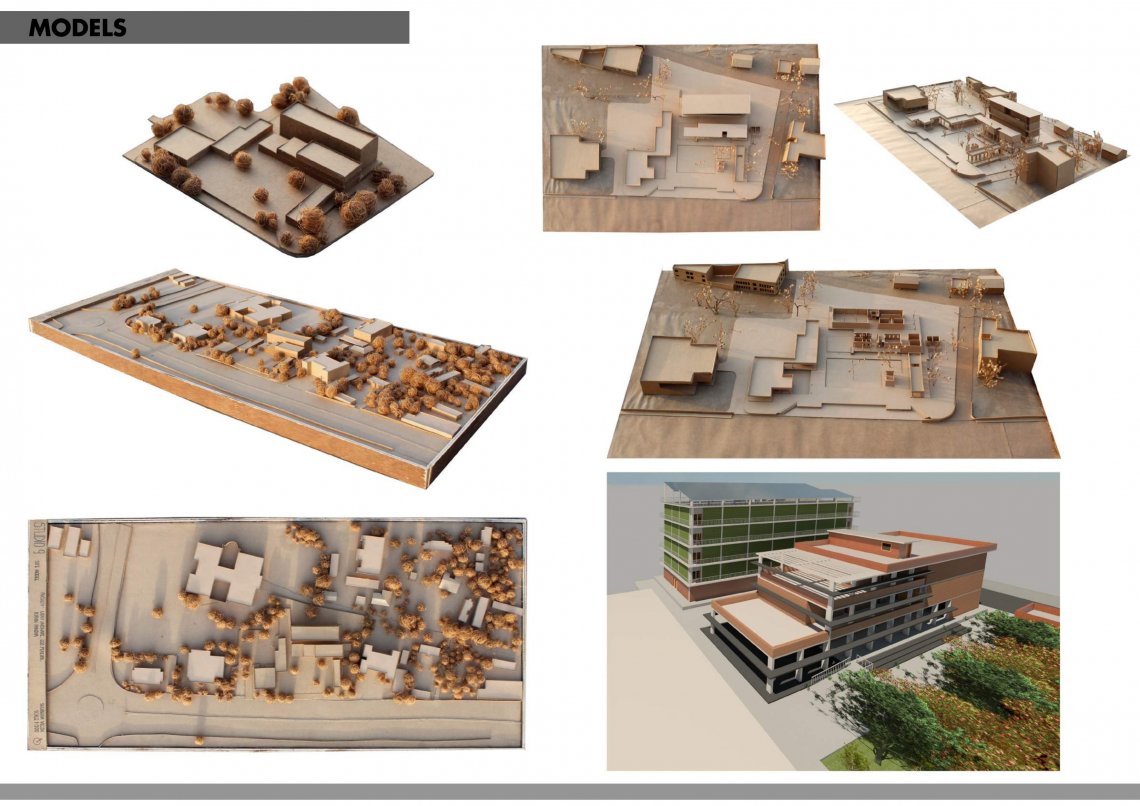Your browser is out-of-date!
For a richer surfing experience on our website, please update your browser. Update my browser now!
For a richer surfing experience on our website, please update your browser. Update my browser now!
URBAN FARMING INSTITUTE In today’s world, with rapid urbanization that is taking place, goes together with a rapid increase in urban poverty and urban food insecurity. Most cities have difficulties to deal with this and are unable to create social, economic or employment opportunities. They also have increasing problems with the disposal of urban wastes and waste water and maintaining air and water quality. Urban agriculture provides a complementary strategy to reduce urban poverty and food insecurity and enhance urban environmental management. Urban agriculture plays an important role in enhancing urban food security since the costs of supplying and distributing food to urban areas based on rural production and imports continue to increase, and do not satisfy the demand. Conventionally, sector policies have been defined under the assumption that agriculture refers to the rural sphere and will be addressing the institution other than the urban ones, while most agricultural organisations don’t operate in the urban sphere. As a result, urban agriculture often does not have an institutional home. The intervention is to create an institute of urban farming, that merges architecture with agriculture, to meet the increased demand for fresh produce in urban environment. To spread awareness among the urbanities about urban agriculture, its education and to maintain the ecosystem with combination of traditional and technological innovation. • To impart the knowledge on the recent trends in the field of urban agriculture and developing practical skills. • The building functions as a model of urban farming and explores building integrated agriculture. It also serves as a research institute for research and development of urban agriculture. • It serves as a museum of agricultural technology and one stop shop for customized goods and a farmer’s market. Anand agricultural university wants to start vocational course on urban agriculture after looking at intensive study of urban agriculture and its profit. The dissemination of knowledge should be activity and attraction oriented while the market of these goods and services is the commercial income generating aspect. The building will address varied user groups like women, school students, urban farmers, recent immigrants without jobs, elderly people etc to work constructively, building their community producing food and other products for consumption and sale. It will have educational space for training and workshops, farming space, a market, an exhibition area, cafeteria, staff quarters, storage areas and recreational space.
